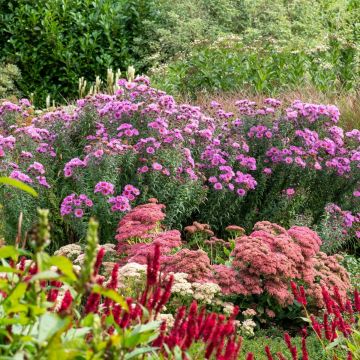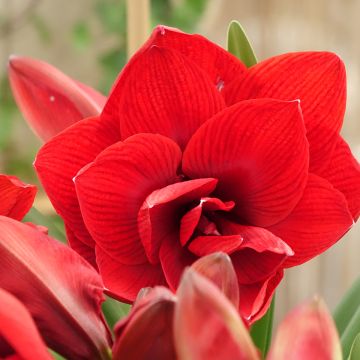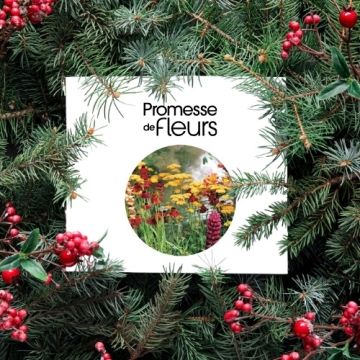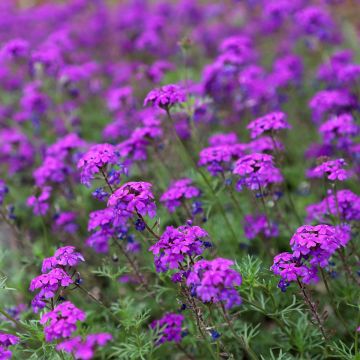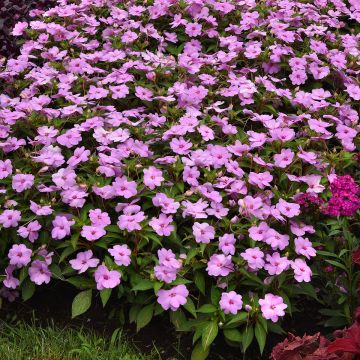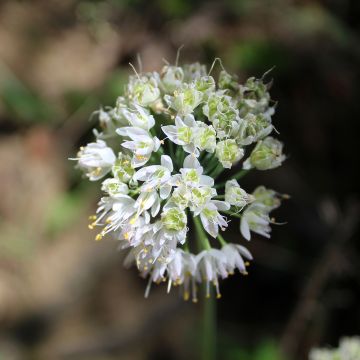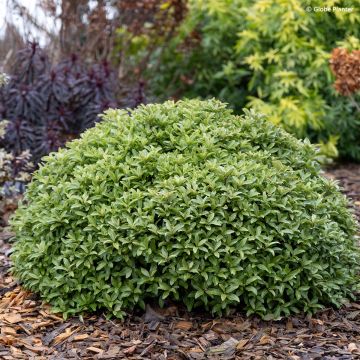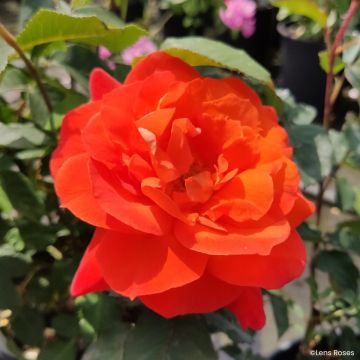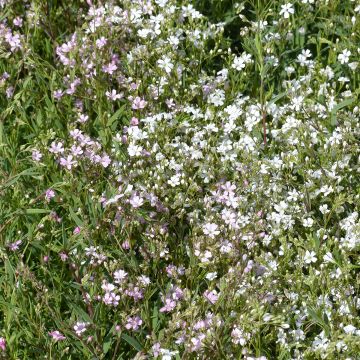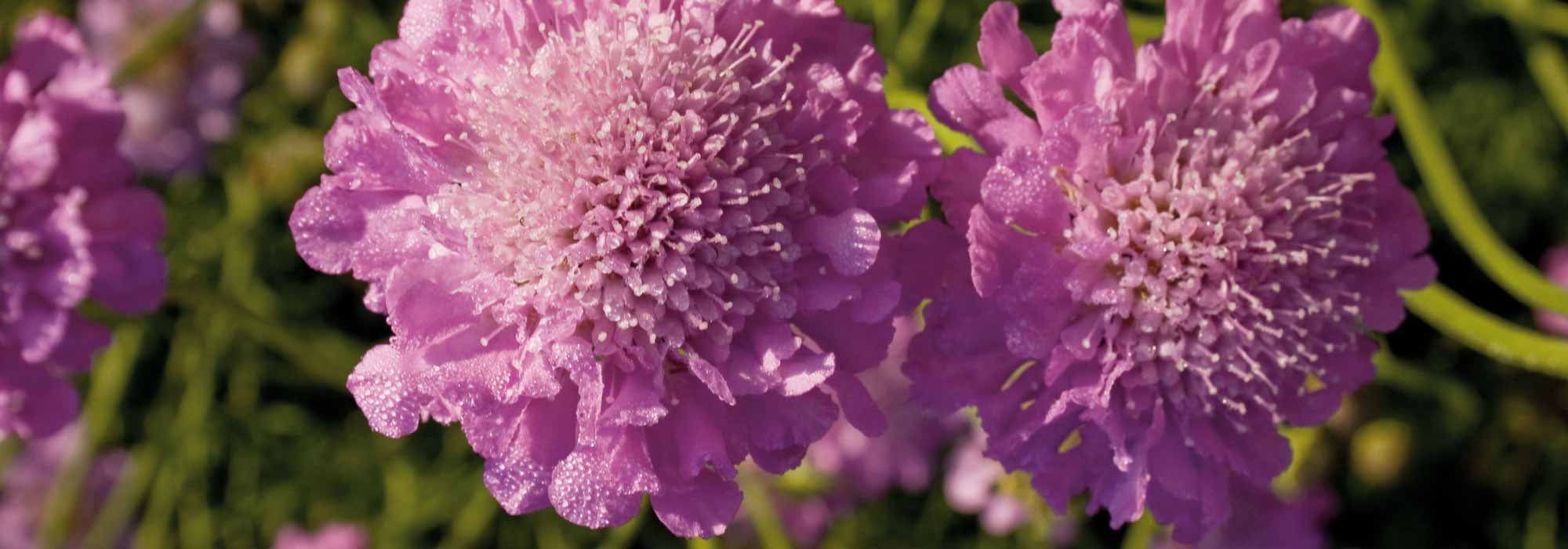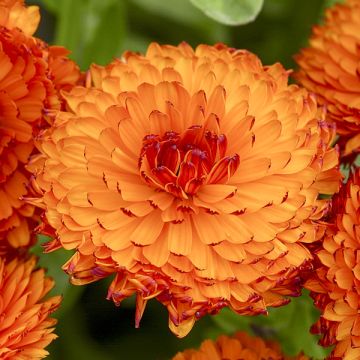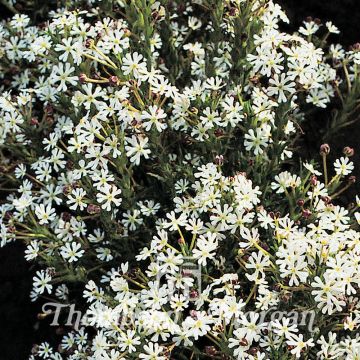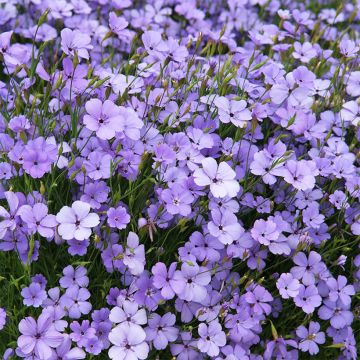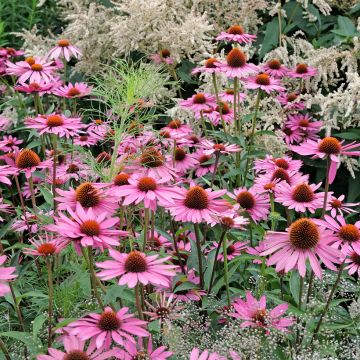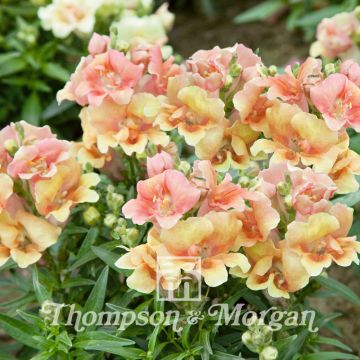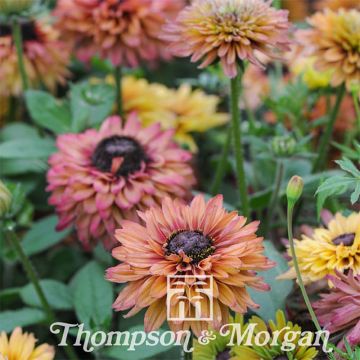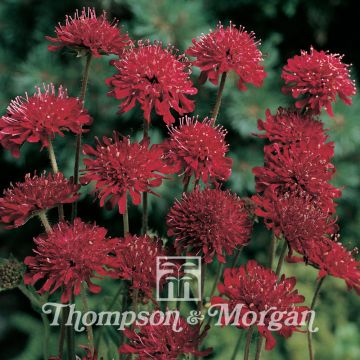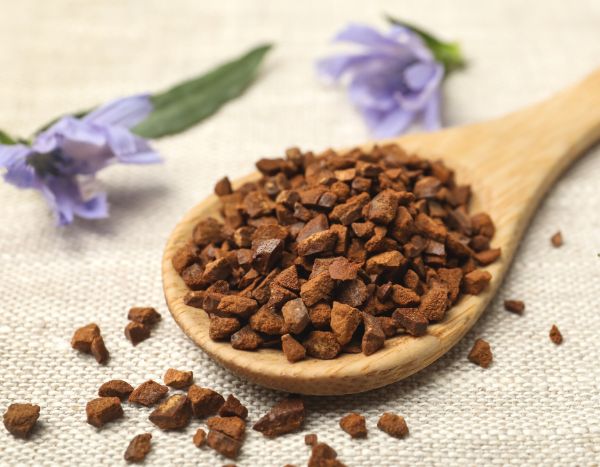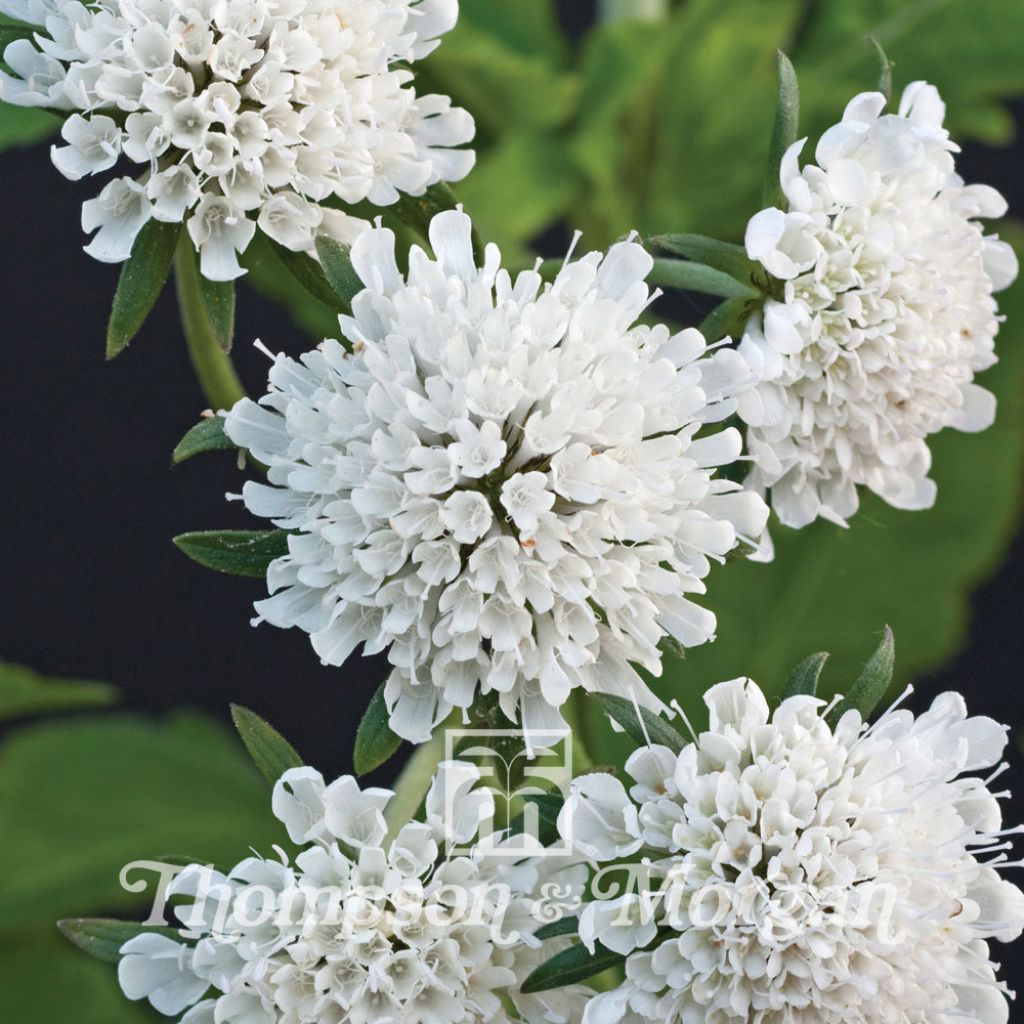

Scabiosa drakensbergensis
Scabiosa drakensbergensis
Scabiosa Drakensbergensis
Scabious, Pincushion flower
Special offer!
Receive a €20 voucher for any order over €90 (excluding delivery costs, credit notes, and plastic-free options)!
1- Add your favorite plants to your cart.
2- Once you have reached €90, confirm your order (you can even choose the delivery date!).
3- As soon as your order is shipped, you will receive an email containing your voucher code, valid for 3 months (90 days).
Your voucher is unique and can only be used once, for any order with a minimum value of €20, excluding delivery costs.
Can be combined with other current offers, non-divisible and non-refundable.
Why not try an alternative variety in stock?
View all →This plant carries a 6 months recovery warranty
More information
We guarantee the quality of our plants for a full growing cycle, and will replace at our expense any plant that fails to recover under normal climatic and planting conditions.
Does this plant fit my garden?
Set up your Plantfit profile →
Description
Scabiosa drakensbergensis originates from the Drakensberg mountain range in South Africa. It is a perennial herbaceous plant, grown as an annual in our climate. Its rustic appearance brings lightness to flower beds, and its small white pompom-shaped flowers continuously bloom from July to October, attracting many pollinators. Its long stems and long-lasting flowers are ideal for bouquets. It is the perfect choice for cottage gardens.
Scabious plants are all discreet and graceful. They have a base composed of a tuft of lanceolate leaves that are deeply lobed, depending on the species. It develops long stems, from 50 to 90cm (20 to 35in) tall. As you go up along these stems, the leaves become sessile, lobed, and progressively smaller until reaching the head. The head is always globular in shape (4 to 5cm (2in)) with prominent stamens, as if stuck in this pompom, which gives it the nickname pincushion flower. However, its shape also varies depending on the species: it can be very round, dense, and bristly or more flattened, with silky and crumpled petals around the edge, as in Scabiosa drakensbergensis. This tall scabious is best planted in small groups, scattered among grasses or larger flowers, to bring a luminous touch, like a snowfall in flower beds. It prefers sunny locations that encourage its flowering. It can tolerate various types of soil, sometimes even calcareous, as long as they are sufficiently moist and well-drained. Pick the flowers to encourage the renewal of flowering, or let them dry to create a winter decoration with their small ball-shaped fruits. They may self-sow.
The immaculate colour of this variety fits in well with summer flower beds. It creates a contrast with its darker companions, such as 'Purple Rain' sage or 'Black Peony' poppy. It also complements a pastel palette alongside cosmos, phlox, and yarrow. It is easy to grow and floriferous, and actively contributes to the life of the garden by responding to the slightest breeze and serving as a food source for butterflies and other pollinators.
Flowering
Foliage
Plant habit
Botanical data
Scabiosa
Drakensbergensis
Dipsacaceae
Scabious, Pincushion flower
Cultivar or hybrid
Other Thompson and Morgan seeds
View all →Planting and care
Sow under cover in a tray from March. If frost is still persistent in your region, wait until April, as the seeds prefer a temperature of around 18 to 21°C (64.4 to 69.8°F). They will germinate between 10 and 21 days.
Cover the seeds with a thin layer of substrate (3mm). Keep it slightly moist. When the young plants are large enough to be moved, plant them in the ground as soon as the risk of frost has passed. Watch out for snails and slugs.
You can also sow them directly in the ground from April, if your climate is mild, or in May if you still fear the cold. Loosen the soil and lightly cover the seeds, spacing them about 15 to 20cm (6 to 8in) apart. Once they have sprouted, you can thin them out by removing any excess plants, if necessary. Choose a sunny location and slightly moist soil that is not heavy or waterlogged.
Sowing period
Intended location
Planting & care advice
This item has not been reviewed yet - be the first to leave a review about it.
Haven't found what you were looking for?
Hardiness is the lowest winter temperature a plant can endure without suffering serious damage or even dying. However, hardiness is affected by location (a sheltered area, such as a patio), protection (winter cover) and soil type (hardiness is improved by well-drained soil).

Photo Sharing Terms & Conditions
In order to encourage gardeners to interact and share their experiences, Promesse de fleurs offers various media enabling content to be uploaded onto its Site - in particular via the ‘Photo sharing’ module.
The User agrees to refrain from:
- Posting any content that is illegal, prejudicial, insulting, racist, inciteful to hatred, revisionist, contrary to public decency, that infringes on privacy or on the privacy rights of third parties, in particular the publicity rights of persons and goods, intellectual property rights, or the right to privacy.
- Submitting content on behalf of a third party;
- Impersonate the identity of a third party and/or publish any personal information about a third party;
In general, the User undertakes to refrain from any unethical behaviour.
All Content (in particular text, comments, files, images, photos, videos, creative works, etc.), which may be subject to property or intellectual property rights, image or other private rights, shall remain the property of the User, subject to the limited rights granted by the terms of the licence granted by Promesse de fleurs as stated below. Users are at liberty to publish or not to publish such Content on the Site, notably via the ‘Photo Sharing’ facility, and accept that this Content shall be made public and freely accessible, notably on the Internet.
Users further acknowledge, undertake to have ,and guarantee that they hold all necessary rights and permissions to publish such material on the Site, in particular with regard to the legislation in force pertaining to any privacy, property, intellectual property, image, or contractual rights, or rights of any other nature. By publishing such Content on the Site, Users acknowledge accepting full liability as publishers of the Content within the meaning of the law, and grant Promesse de fleurs, free of charge, an inclusive, worldwide licence for the said Content for the entire duration of its publication, including all reproduction, representation, up/downloading, displaying, performing, transmission, and storage rights.
Users also grant permission for their name to be linked to the Content and accept that this link may not always be made available.
By engaging in posting material, Users consent to their Content becoming automatically accessible on the Internet, in particular on other sites and/or blogs and/or web pages of the Promesse de fleurs site, including in particular social pages and the Promesse de fleurs catalogue.
Users may secure the removal of entrusted content free of charge by issuing a simple request via our contact form.
The flowering period indicated on our website applies to countries and regions located in USDA zone 8 (France, the United Kingdom, Ireland, the Netherlands, etc.)
It will vary according to where you live:
- In zones 9 to 10 (Italy, Spain, Greece, etc.), flowering will occur about 2 to 4 weeks earlier.
- In zones 6 to 7 (Germany, Poland, Slovenia, and lower mountainous regions), flowering will be delayed by 2 to 3 weeks.
- In zone 5 (Central Europe, Scandinavia), blooming will be delayed by 3 to 5 weeks.
In temperate climates, pruning of spring-flowering shrubs (forsythia, spireas, etc.) should be done just after flowering.
Pruning of summer-flowering shrubs (Indian Lilac, Perovskia, etc.) can be done in winter or spring.
In cold regions as well as with frost-sensitive plants, avoid pruning too early when severe frosts may still occur.
The planting period indicated on our website applies to countries and regions located in USDA zone 8 (France, United Kingdom, Ireland, Netherlands).
It will vary according to where you live:
- In Mediterranean zones (Marseille, Madrid, Milan, etc.), autumn and winter are the best planting periods.
- In continental zones (Strasbourg, Munich, Vienna, etc.), delay planting by 2 to 3 weeks in spring and bring it forward by 2 to 4 weeks in autumn.
- In mountainous regions (the Alps, Pyrenees, Carpathians, etc.), it is best to plant in late spring (May-June) or late summer (August-September).
The harvesting period indicated on our website applies to countries and regions in USDA zone 8 (France, England, Ireland, the Netherlands).
In colder areas (Scandinavia, Poland, Austria...) fruit and vegetable harvests are likely to be delayed by 3-4 weeks.
In warmer areas (Italy, Spain, Greece, etc.), harvesting will probably take place earlier, depending on weather conditions.
The sowing periods indicated on our website apply to countries and regions within USDA Zone 8 (France, UK, Ireland, Netherlands).
In colder areas (Scandinavia, Poland, Austria...), delay any outdoor sowing by 3-4 weeks, or sow under glass.
In warmer climes (Italy, Spain, Greece, etc.), bring outdoor sowing forward by a few weeks.






























